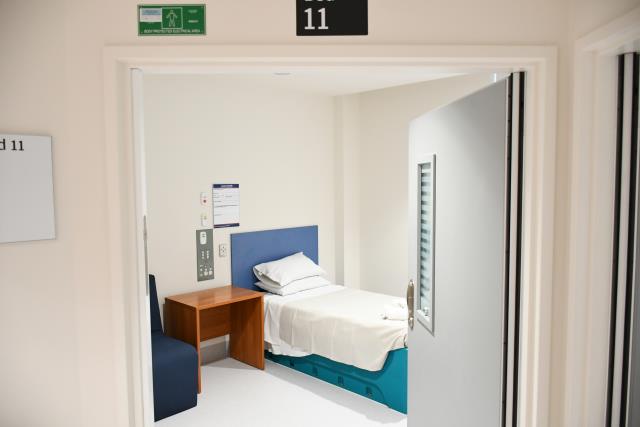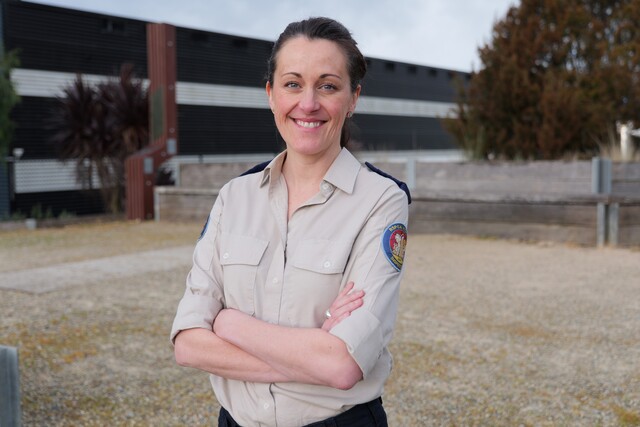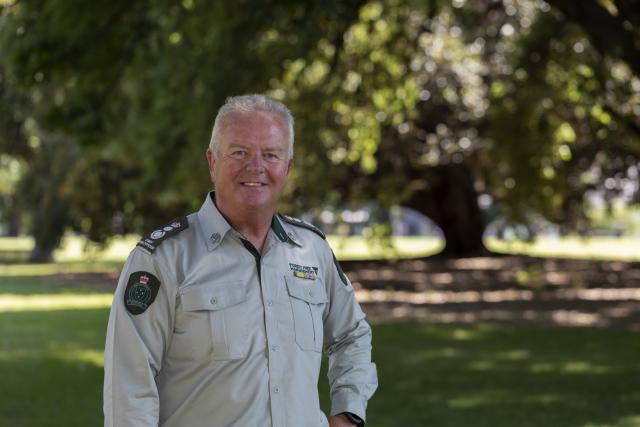Domestic and family violence has become one of the most troubling crises in modern times and is the catalyst for homelessness among women.
More so than ever before women have been in need of assistance because of financial stress, family violence and housing affordability particularly in the Yarra Ranges.
Those factors have left more women homeless or at risk of homelessness since the beginning of the pandemic.
The Eastern Domestic Violence Service (EDVOS) said from the seven local government areas in the east which it services, the Yarra Ranges had the highest number of women needing support after leaving a violent situation.
“21 per cent of the women we made contact with in the last 12 months were from the Yarra Ranges. We worked with over 6192 women and children from the east and 1158 of those were from the Yarra Ranges,” an EDVOS spokesperson said.
“EDVOS experiences an increase in referrals after each lockdown and is currently experiencing an increase in the risk and complexity of referrals into the service.”
These numbers compare to just 16 per cent in Knox and 10 per cent in Maroondah in the last 12 months.
The pandemic has meant some women have been forced to reside with a person who chooses to use violence, may have less financial resources due to loss of income during lockdowns and may have more responsibilities related to homeschooling and caring for children adding to complexities women experience.
Women’s Property Initiatives (WPI) suggest that 55 per cent of jobs lost during Covid-19 were positions held by women, where women were already over-represented in low paying professions like retail and hospitality.
During the height of the pandemic, more women accessed their superannuation for emergency relief to pay rent and provide food for families, potentially damaging their future financial stability.
Women aged 55 and over are becoming the most vulnerable to homelessness according to WPI because of the 14 per cent wage difference between men and women and because women retire with half the amount of a man’s superannuation.
Now the concern for WPI and EDVOS is that, with the heightened financial stress, job losses and recurring isolation, relationships will become strained, leading to an increase in family violence.
But with only one third of women actually coming forward to report violence in the home, it can be hard to tell how many women might be in need of help.
Of the 288,333 people who presented as clients to a Specialist Homelessness Service in 2017-18, 42 per cent or 121,100 reported that they were escaping domestic or family violence.
A staggering 113,800 of those people escaping a violent situation were at risk of homelessness when they first asked for help.
Anchor CEO Heidi Tucker said family violence has become the number one reason for people, in particular for women, becoming homeless.
“The thing driving homelessness without a shadow of a doubt is family violence. The largest number of people who are homeless are children in this state and across the country and they are usually accompanying women who are escaping family violence and they can’t go back,” she said.
“It’s absolutely the driver, it’s just a tsunami, it really is.”
Services like EDVOS are able to help women access private rentals, apply for social housing and access homelessness services.
The only shortfall is there are currently 4,495 community members on the social housing waiting list in the east and very little stock available in the Yarra Ranges.
WPI is actively looking for opportunities to provide long term housing for women in the Yarra Ranges.
“We house 250 women and children across Metropolitan Melbourne; however, people think this problem is limited to inner Melbourne. It is important women are being housed across Victoria,” Chief Executive Officer of WPI Jeanette Large said.
A crucial part of solving the homelessness equation is social and transitional housing but with only two per cent of rentals in Australia being affordable, it’s more difficult than ever.
“With more people struggling to afford private rental, the demand for affordable or social housing properties is outstripping supply. Combine this with a chronic shortage of public and community housing we are seeing record levels of homelessness in our region.”







